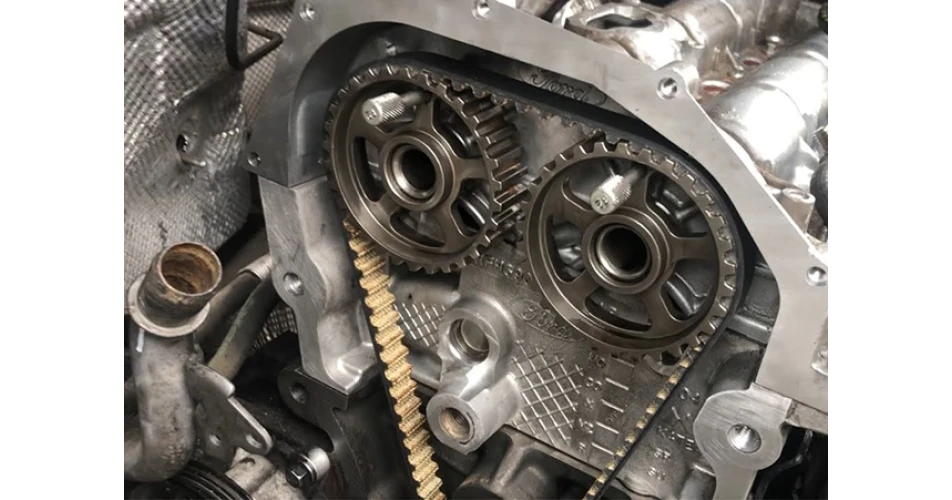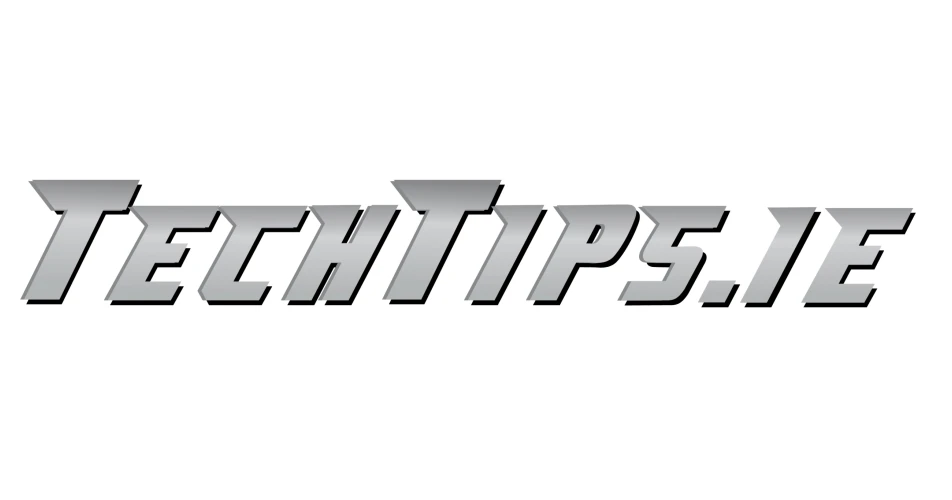Dayco is urging workshops to be aware that oil contamination from diesel fuel is not uncommon with this engine, and it can have a particularly adverse impact on the timing belt, which is a ‘wet’ or belt in oil (BIO) system. In extreme cases, this can cause material to dislodge from the belt surface, further affecting the oil and potentially causing problems such as blocking the oil pump strainer.
It is imperative that technicians check the condition of both the oil and the belt, every time one of these vehicles enters the workshop.
Oil Inspection Checking for diesel in the oil is easier than it might first appear, as the presence of diesel in the oil is generally noticeable by its smell. Whenever carrying out a scheduled oil and filter change, technicians should smell the oil for diesel fumes, and check the strainer that the oil will have passed through, as it it’s possible that fragments of the belt or deposits of material that have been dislodged, will be left behind in the strainer.
Belt Inspection When it comes to the belt inspection, things are a little trickier. Although awkward, it is possible to assess the condition of the back of the belt by viewing it through the oil filler, a check that Ford also states should be regularly done.
Essential Actions If any evidence of diesel or debris is found in the oil, or if there is any visible damage to the back of the belt, then belt replacement is necessary, as belt failure will have catastrophic consequences for the engine. No matter what the condition however, Ford’s scheduled belt replacement interval must be taken as an absolute maximum, and that the oil pump belt is always also changed along with the timing belt.
BIO systems are becoming the favoured primary drive solutions with several manufacturers, and these belt replacements are becoming increasingly common. There are some aspects of the EcoBlue application that are also worth pointing out to workshops who are undertaking the work:
- A best practice principle is to smear oil on the back of the belt once it is fitted. This will lubricate the contact point between the belt and the tensioner, when the engine is being turned over by hand, to check that the timing is correct, as well as on its initial start-up after replacement.
- In contrast to most belt tensioners, this tensioner is a slipper, rather than a wheel. It must be replaced along with the belt. However, it must be positioned correctly, with its location tab in the corresponding recess, before the bolt is tightened and the pin retaining the spring is removed.
- The timing belt cover is a relatively thin metal sheet, and it is not reusable. A replacement, along with the appropriate sealant, must be sourced from Ford before the work is started.
Reaching the timing belt cover is most easily accessed through where the front righthand headlight is mounted. Removing the right headlamp, along with the air filter assembly, starter motor, auxiliary and water pump belts (in this instance they must be cut), and the disconnection of several of the cooling hoses, are all necessary steps in the process.
Dayco naturally recommends technicians refer to a reputable source of service and repair data for full repair instructions, as well as for specified tightening sequences and torque values.
For more information regarding the OE quality power transmission products in the Dayco range, please email: info.uk@dayco.com or visit www.daycoaftermarket.com.
To read more of this technical article or download the entire article click
here. There are lots more Tech Tips to view, and they are all searchable, on
TechTips.ie.

